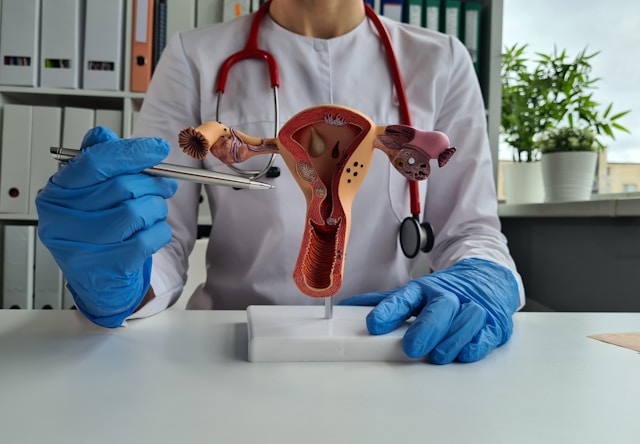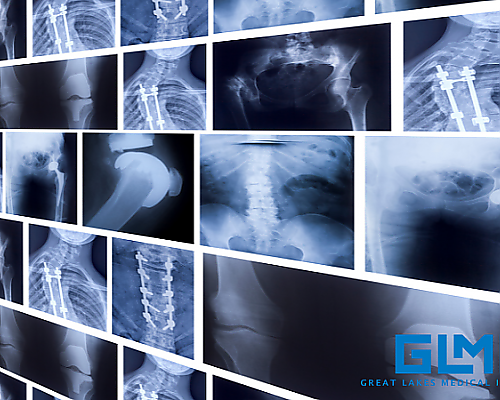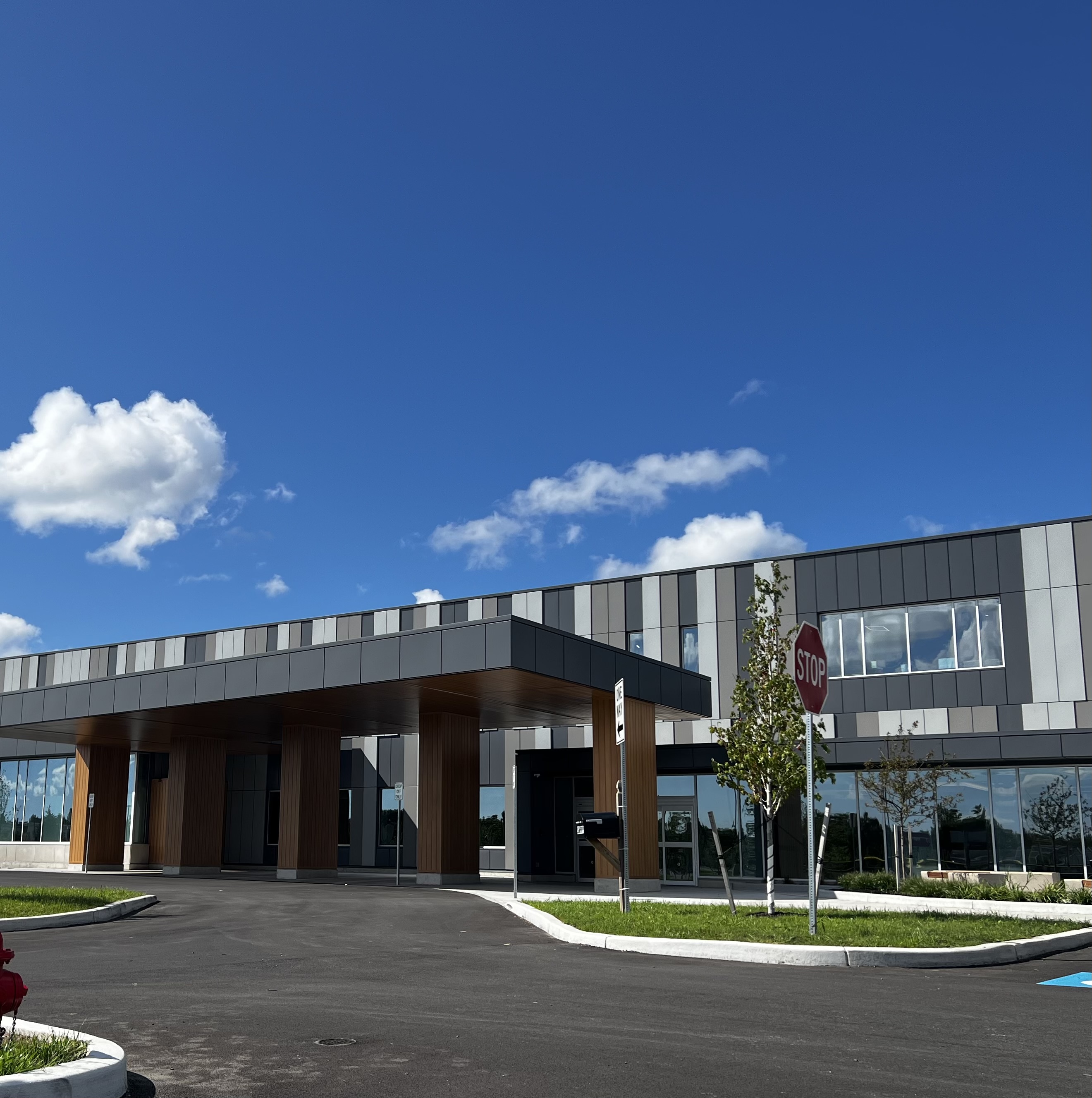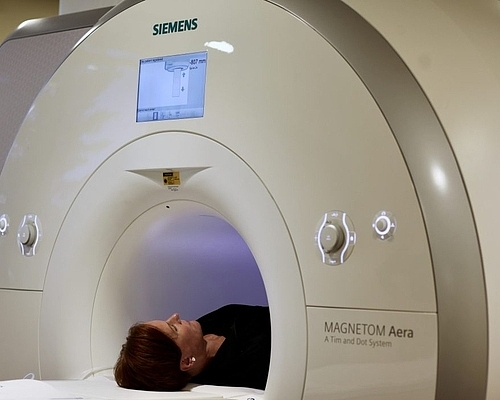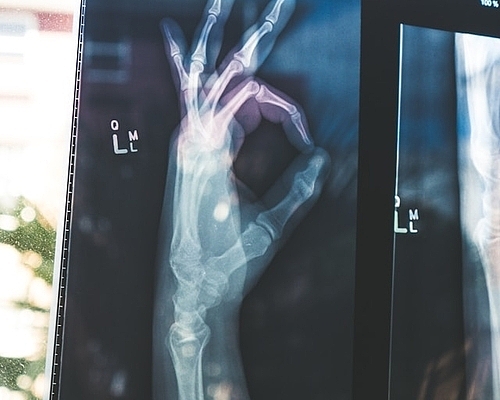Our Blog
Understanding Venous Disease: A Comprehensive Guide for Buffalo, NY Residents
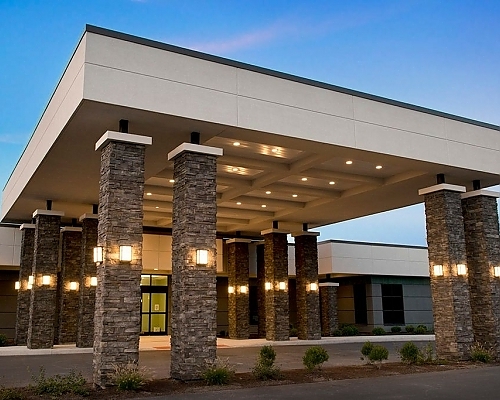
Venous disease is a term used to describe conditions that affect the veins in the body. These conditions can range from cosmetic issues, such as spider veins, to more serious conditions like deep vein thrombosis. For Buffalo residents, understanding venous disease is essential for early diagnosis and effective treatment. In this comprehensive guide, we’ll explore what venous disease is, its causes, symptoms, treatment options, and prevention strategies.
What is Venous Disease?
Venous disease occurs when the veins in your body, which are responsible for carrying blood back to your heart, become damaged or diseased. The most common form of venous disease is chronic venous insufficiency (CVI), which affects up to 40% of the U.S. population. This condition often leads to varicose veins, venous ulcers, and, in severe cases, leg amputation.
Causes of Venous Disease
The primary cause of venous disease is weak or damaged valves in the veins. Veins contain one-way valves that prevent blood from flowing backward. When these valves become weak or damaged, blood can pool in the veins, leading to venous disease.
Risk factors for venous disease include age, family history, obesity, pregnancy, long periods of standing or sitting, and previous deep vein thrombosis.
Symptoms of Venous Disease
Symptoms of venous disease can range from mild to severe and may include:
- Swelling in the legs or ankles
- Pain or aching in the legs
- Legs feeling heavy or tired
- Varicose veins
- Skin changes or rashes
- Ulcers on the skin
If you experience any of these symptoms, it's crucial to seek medical advice as they could indicate a serious condition that requires treatment.
Treatment Options
The treatment of venous disease depends on the severity of the condition. Lifestyle changes, including regular exercise, maintaining a healthy weight, and avoiding long periods of standing or sitting, can help manage symptoms.
For more severe cases, medical treatments may be necessary, such as medication, compression stockings, minimally invasive procedures, or, in rare cases, surgery.
Prevention Strategies
While not all cases of venous disease can be prevented, the following strategies can help reduce your risk:
- Regular physical activity
- Maintain a healthy weight
- Avoid long periods of standing or sitting
- Elevate your legs when resting
- Quit smoking
Understanding venous disease is the first step in prevention and early treatment. If you're a Buffalo, NY resident and are concerned about venous disease, reach out to the experts at Great Lakes Medical Imaging. Our team of board-certified, fellowship-trained radiologists are dedicated to providing the highest standard of care.
To schedule an appointment or for more information, visit our contact page.
Disclaimer: This blog article is for general informational purposes only and should not be construed as professional medical advice. Always seek the advice of your physician or other qualified health provider with any questions you may have regarding a medical condition.
Sources
- Eberhardt, R. T., & Raffetto, J. D. (2014). Chronic venous insufficiency. Circulation, 130(4), 333-346.
- American Heart Association. (2021). Venous Disease.
- National Heart, Lung, and Blood Institute. (2020). Venous Thromboembolism.
‹ Back



